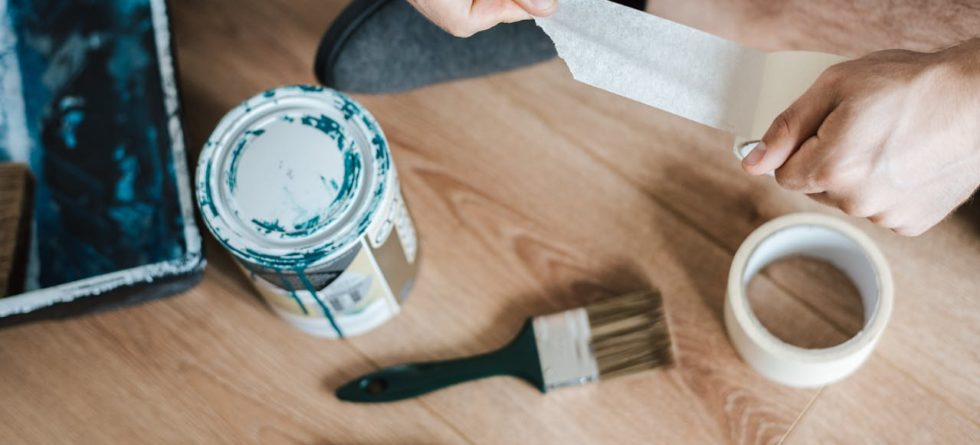Are you considering skipping primer before your next painting project?
Here’s what you need to know about the importance of primer and what can happen if you choose to forgo it…
What Happens If You Don’t Use Primer Before Painting?
- Poor Adhesion – Without primer, paint may struggle to adhere properly to the surface, especially on porous or uneven surfaces like raw wood or drywall. This can lead to peeling, flaking, or chipping over time.
- Uneven Coverage – Primer helps create a uniform surface by sealing porous areas and providing a consistent base for paint. Without primer, the paint may appear blotchy or uneven, especially when applying light-colored paint over dark surfaces.
- Stains and Discoloration – Certain types of stains, such as water stains or tannin bleed from wood, may bleed through paint layers if not properly sealed with primer. This can result in unsightly discoloration or staining on the painted surface.
Can I Use 2 Coats of Paint Instead of Primer?
While applying two coats of paint may provide additional coverage, it may not fully compensate for the benefits of using primer. Primer serves as a bonding agent between the surface and the paint, promotes adhesion, and improves paint durability, which cannot be replicated with additional coats of paint alone.
Is Primer Necessary Before Painting?
In many cases, yes. Primer is recommended before painting, especially on bare surfaces, new drywall, wood, or surfaces with stains or discoloration. Using primer ensures better paint adhesion, promotes uniform coverage, and helps seal the surface, resulting in a longer-lasting and more professional-looking finish.
While it may be tempting to skip primer to save time or money, doing so can compromise the quality and longevity of your paint job. Investing in primer ensures better adhesion, coverage, and overall finish, making it a worthwhile step in any painting project.


Leave a Comment